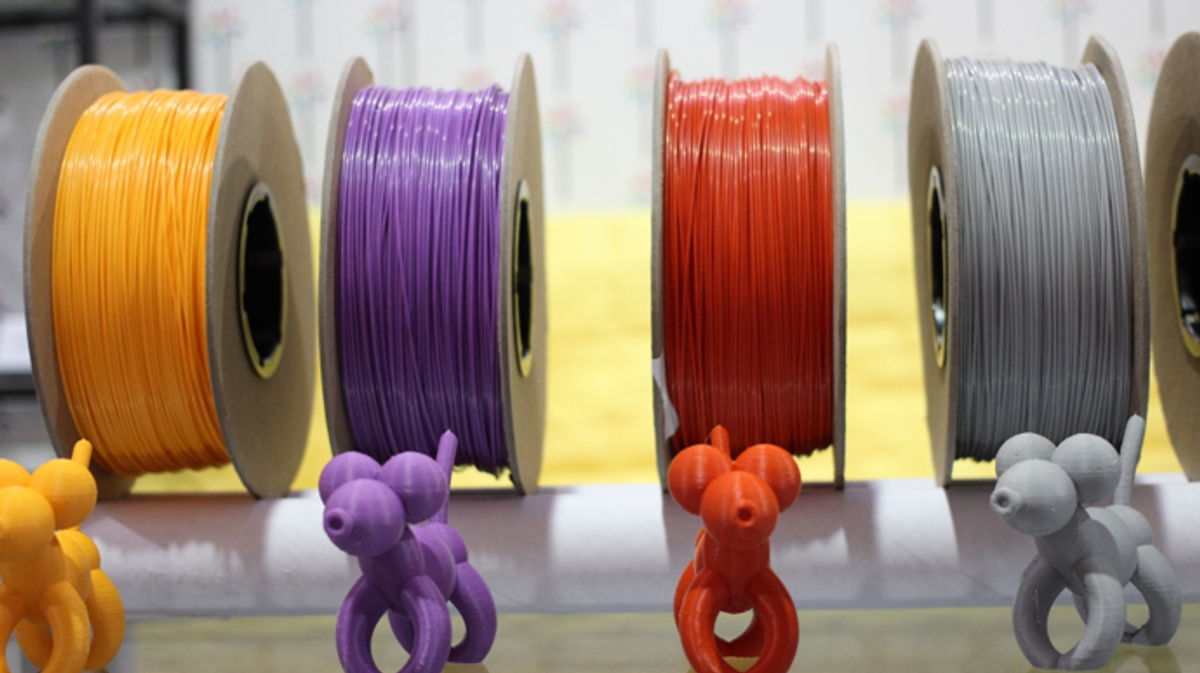Additive manufacturing, or 3D printing, helps companies manufacture parts more quickly than traditional methods, easily adding customization options and helping designers to be more creative without incurring costs. Engineers play critical roles in helping their firms become more efficient and competitive, and additive manufacturing can play a large part in accomplishing those goals.
Automotive and Aerospace Industries
Additive manufacturing can provide considerably shorter lead times than associated traditional engineering methods such as casting or machining. Products can, therefore, be developed faster and make it into the testing queue faster. In the future, car buyers may well stroll into a showroom, dictate a car’s color, size, design and niceties and the vehicle will be fabricated then and there. There are prototypes of 3D-printed cars — Petr Chladek’s 4ekolka is an example. Today, however, car enthusiasts have to settle for 3D printing of automotive components, printed using large-format machines and woven-fiber composite printers.
Electronic Circuitry
Those tiny circuit boards inside consumer electronics such as handheld toys and cell phones could save manufacturers time and money if they were made using 3D-printing technology. Almost a year ago, in November 2017, a team of researchers from the University of Nottingham quickly 3D-printed fully functional electronic circuits with electrically conductive metallic inks and insulating polymeric inks, which could be useful for medical devices in particular. No standard values for capacitors are needed when designing the circuit: the value is set and the printer produces the component.
Medical Gear
3D printing is currently used to create dental prosthetics, hearing aids and unique scaffolding for joint replacement and reconstructive cosmetic surgeries. Further, researchers at Wake Forest University have created a 3D printer that can produce organs, tissues and bones that could theoretically be implanted into human beings. Instead of putting down layers of molten plastic or metal, Wake Forest’s printer uses hydrogels — water-based solutions containing human cells. Tissues are printed that can accommodate blood vessels capable of receiving the oxygen and nutrients that cells need to survive.
Food Science
While 3D printing can make beautiful food sculptures with far less effort than they can by hand, there are other, more practical, uses for additive technology that incorporate food. 3D food printers could improve the nutritional value of meals and provide solutions to hunger in areas with few fresh, affordable ingredients. Printers that use hydrocolloids, substances that form gels with water, could be used to replace the base ingredients of familiar dishes with plentiful renewables including algae, duckweed and grass. And, in the future, food could be printed with customized nutritional content, optimized based on biometric and genomic data.
Clearly, additive manufacturing will impact engineering jobs. Engineers working in biomedicine, food, auto and avionics in addition to civil engineering and industrial design will see increasing uses for 3D printing. Advances in chemical science will lead to more advanced plastics being manufactured by 3D printers. Pharmaceutical companies are developing molecule level printers that can print drugs on demand. No matter what your area of engineering interest, additive manufacturing will likely play a role in its future.



